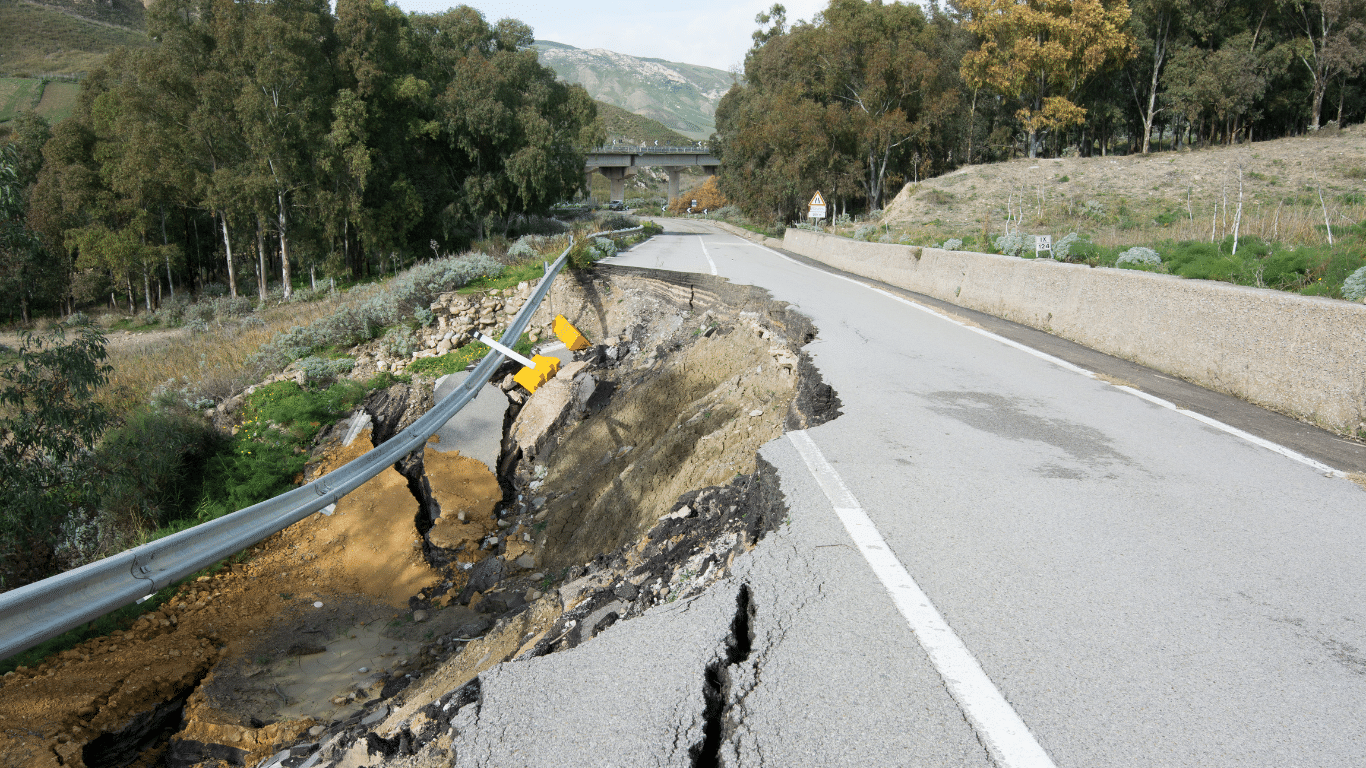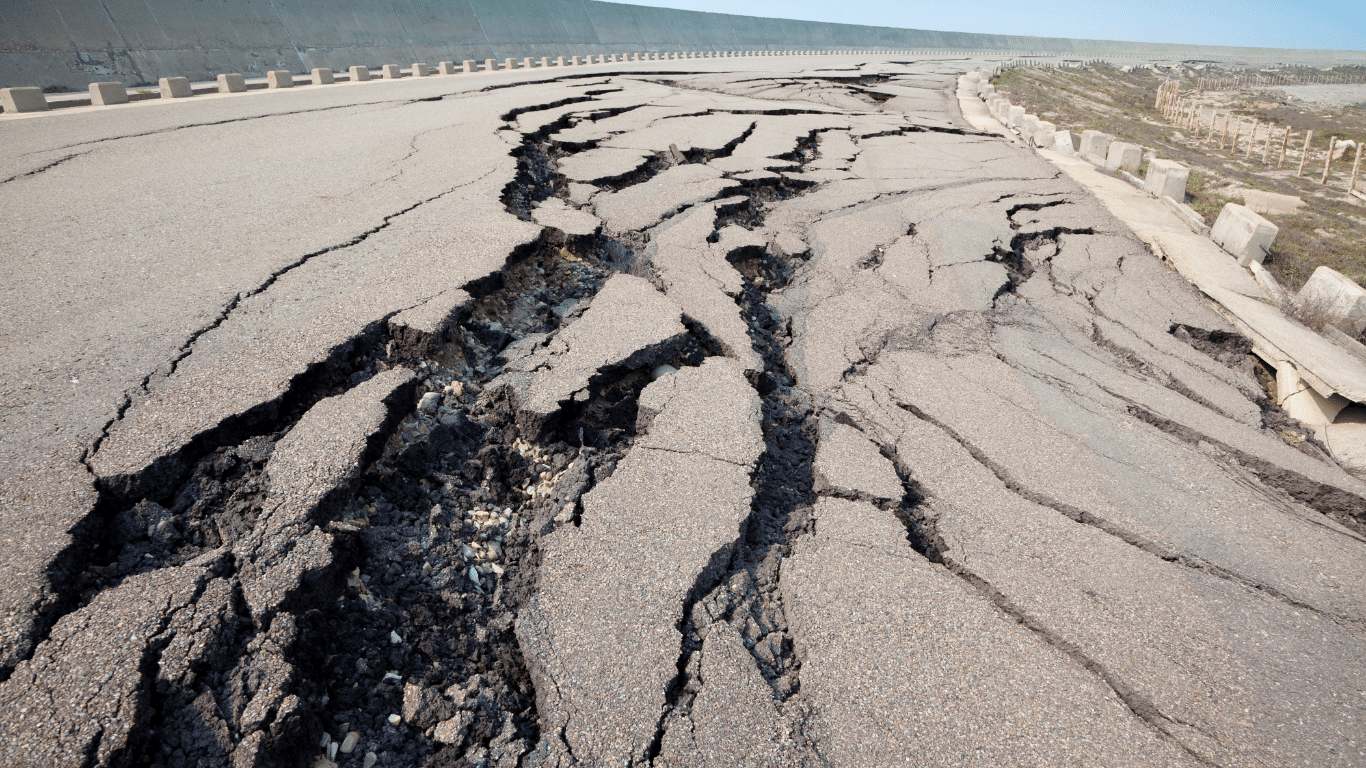Know What is site response analysis? It is essential for every site engineer because engineers use site response analysis to determine how the ground moves at a specific location during an earthquake. It’s like predicting how the ground dances when an earthquake hits. By studying this movement, engineers can design buildings, bridges, and other structures to make sure they stay safe during earthquakes. It’s important because knowing how the ground behaves helps engineers build stronger and more secure structures, keeping people and property safer during earthquakes.
Understanding What is site response analysis?
In the world of civil engineering, especially when it comes to designing structures like buildings, bridges, or dams, one crucial aspect that engineers consider is how the ground beneath these structures will behave during an earthquake. This is where site-response analysis comes into play. But what exactly is site response analysis, and why is it important? Let’s break it down in simple terms.
What is site response analysis?
Engineers use site response analysis as a technique to comprehend how the ground will tremble at a specific location during an earthquake. It helps in predicting the ground motion amplification and frequency characteristics that a site may experience during seismic events. Essentially, it’s like understanding how the ground dances when an earthquake strikes.
Why is it important?
Imagine building a house on a shaky foundation. No matter how sturdy the structure might be, if the ground beneath it behaves unpredictably during an earthquake, the entire building could be at risk. Site response analysis helps engineers assess the seismic vulnerability of a site and design structures accordingly to ensure they can withstand potential earthquakes.
How does site response analysis work?
- Collecting Data
- Modeling the Site
- Analyzing Results
- Designing Mitigation Measures
Collecting Data: Engineers gather data about the geological and geophysical properties of the site, such as soil types, depth of bedrock, and seismic activity in the region. This data helps in understanding how the ground will respond to seismic waves.
Modeling the Site: Using advanced computer models, engineers simulate how the ground will behave under earthquake conditions based on the collected data. These models take into account factors like soil stiffness, damping, and the characteristics of seismic waves.
Analyzing Results: Once the simulation is complete, engineers analyze the results to determine the amplification of ground motion at different frequencies. This information helps in assessing the potential impact on structures built on the site.
Designing Mitigation Measures: Based on the analysis, engineers can design appropriate mitigation measures to reduce the seismic risk, such as adjusting the foundation design, incorporating damping devices, or reinforcing the structure.
Real-Life Applications
Site response analysis is not just a theoretical concept; it has real-life applications that can save lives and property during earthquakes. Here are a few examples:
- Building Design
- Infrastructure Projects
- Urban Planning
Building Design: Engineers use site response analysis to design earthquake-resistant buildings that can withstand ground shaking without collapsing.
Infrastructure Projects: Site response analysis is crucial for infrastructure projects like bridges and dams, where stability during seismic events is paramount.
Urban Planning: City planners use site response analysis to identify areas prone to amplified ground motion and implement zoning regulations accordingly to ensure the safety of residents.
Challenges and Limitations
While site response analysis is a valuable tool, it comes with its own set of challenges and limitations.
- Complexity of Models
- Uncertainties
- Cost and Time
Complexity of Models: Creating accurate models requires detailed knowledge of the site’s geological properties, which can be challenging to obtain.
Uncertainties: There are uncertainties associated with predicting ground motion during earthquakes, making it difficult to precisely estimate the seismic risk.
Cost and Time: Conducting site response analysis can be costly and time-consuming, especially for large-scale projects with complex geological conditions.
Key points: What is site response analysis?
Why Do We Need Site Response Analysis?
Site response analysis is crucial because it helps engineers understand how the ground behaves during an earthquake at a specific location. This understanding is vital for designing structures that can withstand the shaking and movement of the ground, ensuring the safety of people and property. Without site response analysis, it would be challenging to predict the potential impact of earthquakes on buildings, bridges, and other infrastructure.
What is the site response factor?
The site response factor is a measure used in site response analysis to quantify how much the ground motion amplifies or attenuates at a particular site during an earthquake. It represents the ratio of the ground motion at the site to the ground motion at a reference site with similar seismic characteristics. A higher site response factor indicates greater amplification of ground motion, while a lower factor suggests less amplification or even damping of seismic waves.
What is the site response to an earthquake?
Site response in an earthquake refers to how the ground at a specific location reacts to the seismic waves generated by the earthquake. This includes factors such as the amplification or attenuation of ground motion, resonance effects, and soil liquefaction. Understanding site response is essential for assessing the seismic vulnerability of a site and designing appropriate mitigation measures to reduce the risk to structures and infrastructure.
What is site-specific ground response analysis?
Site-specific ground response analysis is a detailed study conducted to understand how the ground will behave during an earthquake at a particular location. It involves collecting data on the geological and geotechnical properties of the site, creating computer models to simulate seismic waves, and analyzing the results to determine the ground motion characteristics. This information is then used to assess the seismic hazard and design structures accordingly.
What are the advantages of response spectrum analysis?
Response spectrum analysis is a method used to evaluate the dynamic response of structures to earthquake ground motion. One of its advantages is that it provides engineers with valuable information about the maximum structural response at different frequencies without the need for detailed site-specific ground motion analysis. This allows for efficient and cost-effective seismic design of structures, especially for regions with varying seismic conditions.
What Are the Techniques for Site Response Analysis?
Several techniques are used for site response analysis, including:
- One-dimensional (1D) site response analysis
- Two-dimensional (2D) and three-dimensional (3D) finite element analysis
- Equivalent linear analysis
- Nonlinear analysis
Each technique has its advantages and limitations, and the choice depends on factors such as the complexity of the site, available data, and project requirements.
What is the best response to an earthquake?
The best response to an earthquake involves a combination of preparedness, mitigation, and response measures. This includes implementing building codes and standards that ensure structures are designed to withstand seismic forces, conducting regular seismic risk assessments, educating the public about earthquake safety and preparedness, and developing emergency response plans to minimize the impact of earthquakes on communities.
What is the Richter Scale Response?
The Richter scale is a logarithmic scale used to measure the magnitude of earthquakes based on the amplitude of seismic waves recorded by seismographs. The Richter magnitude serves as a proxy for the intensity of the ground shaking at a specific location during an earthquake. A higher Richter magnitude corresponds to stronger ground shaking and potentially greater damage.
What is the difference between ground response analysis and site response analysis?
While both terms are often used interchangeably, there is a subtle difference between ground response analysis and site response analysis. Ground response analysis typically refers to the study of how the ground as a whole responds to seismic waves, considering factors such as soil properties and topography. On the other hand, site response analysis focuses specifically on how the ground behaves at a particular location, taking into account local geological and geotechnical conditions.
What is site investigation, and why is it important?
Site investigation is the process of gathering information about the geological, geotechnical, and environmental conditions of a site before undertaking construction or development activities. It involves techniques such as soil testing, geological mapping, and groundwater monitoring. Site investigation is essential because it provides crucial data for engineers and designers to make informed decisions about site suitability, foundation design, and risk assessment for various projects.
What is a random response analysis?
Random response analysis is a method used to analyze the dynamic response of structures subjected to random excitations, such as wind or seismic loads. Unlike deterministic analysis, which considers specific input parameters, random response analysis takes into account the probabilistic nature of the input loads and their effects on the structure’s response. This allows engineers to assess the structural reliability and performance under uncertain or variable loading conditions.
Conclusion
In essence, site response analysis is like peering into the earth’s dance during an earthquake. By understanding how the ground beneath our feet will behave, engineers can design safer and more resilient structures, ultimately saving lives and minimizing damage during seismic events. While it may be a complex process, its importance cannot be overstated in ensuring the safety and stability of our built environment in earthquake-prone regions.
FAQs
What is site response analysis in earthquakes?
Site response analysis studies how the ground behaves during earthquakes at specific locations, helping engineers design safer structures.
Why is site-response analysis important?
Site response analysis is crucial for predicting ground motion during earthquakes, ensuring buildings and infrastructure can withstand seismic forces.
How does site-response analysis work?
Engineers collect data about the soil and geological conditions at a site, then use computer models to simulate earthquake effects and assess ground motion.
What factors influence site response analysis?
Soil types, the depth of bedrock, and local seismic activity are key factors influencing site response analysis outcomes.
What are the benefits of site response analysis?
Site response analysis helps engineers design structures better suited to withstand earthquakes, reducing risks to lives and property.
What are the limitations of site response analysis?
Site response analysis can be complex and costly, and uncertainties in predicting ground motion during earthquakes remain challenges.
Can site-response analysis be applied to any location?
Yes, site response analysis can be conducted for any location, but the accuracy depends on the availability of data and the quality of the models used.
How does site response analysis contribute to earthquake-resistant construction?
By understanding how the ground moves during earthquakes, engineers can incorporate appropriate design measures to make buildings and infrastructure more earthquake-resistant.
Are there different methods for conducting site response analysis?
Yes, various techniques such as one-dimensional, two-dimensional, and three-dimensional analysis are used, depending on the complexity of the site and project requirements.
Is site response analysis required for all construction projects?
While not mandatory for all projects, site response analysis is recommended for structures located in earthquake-prone areas to ensure their safety and resilience.





